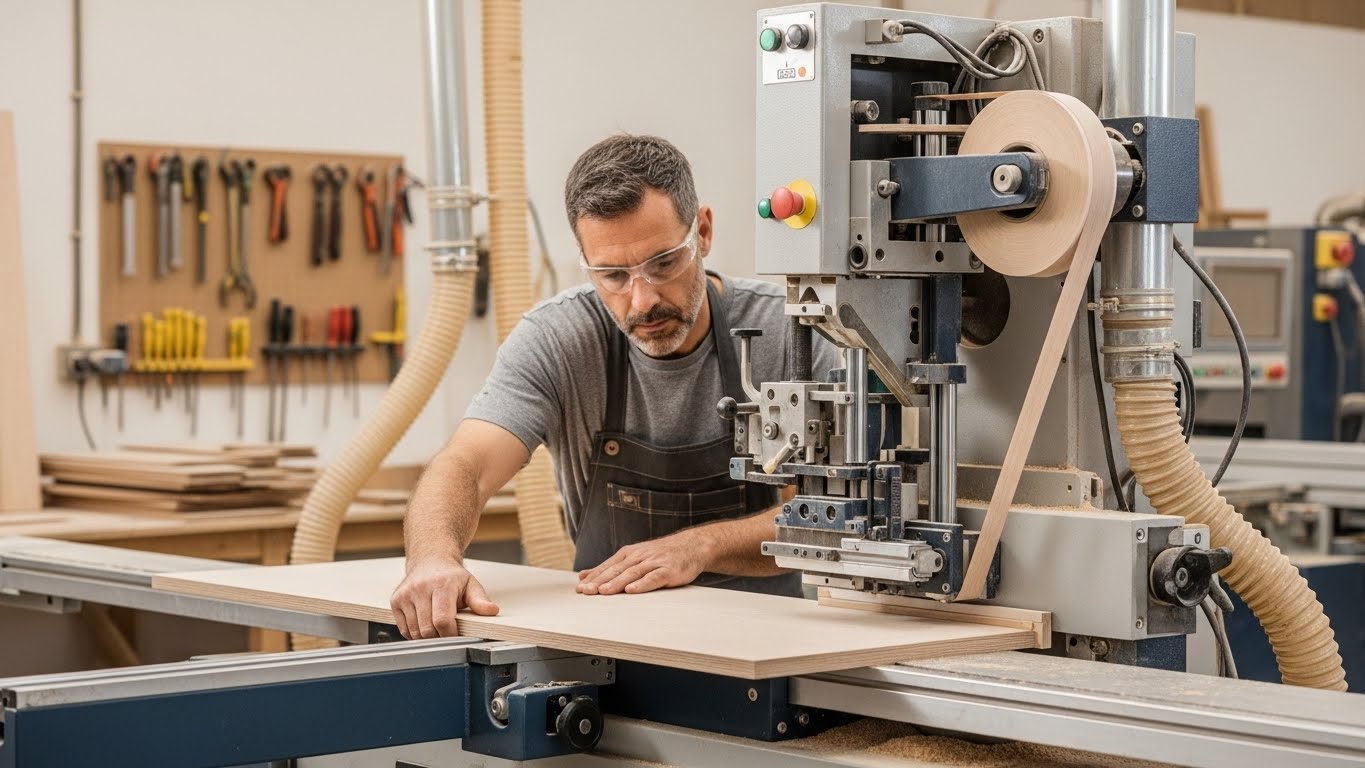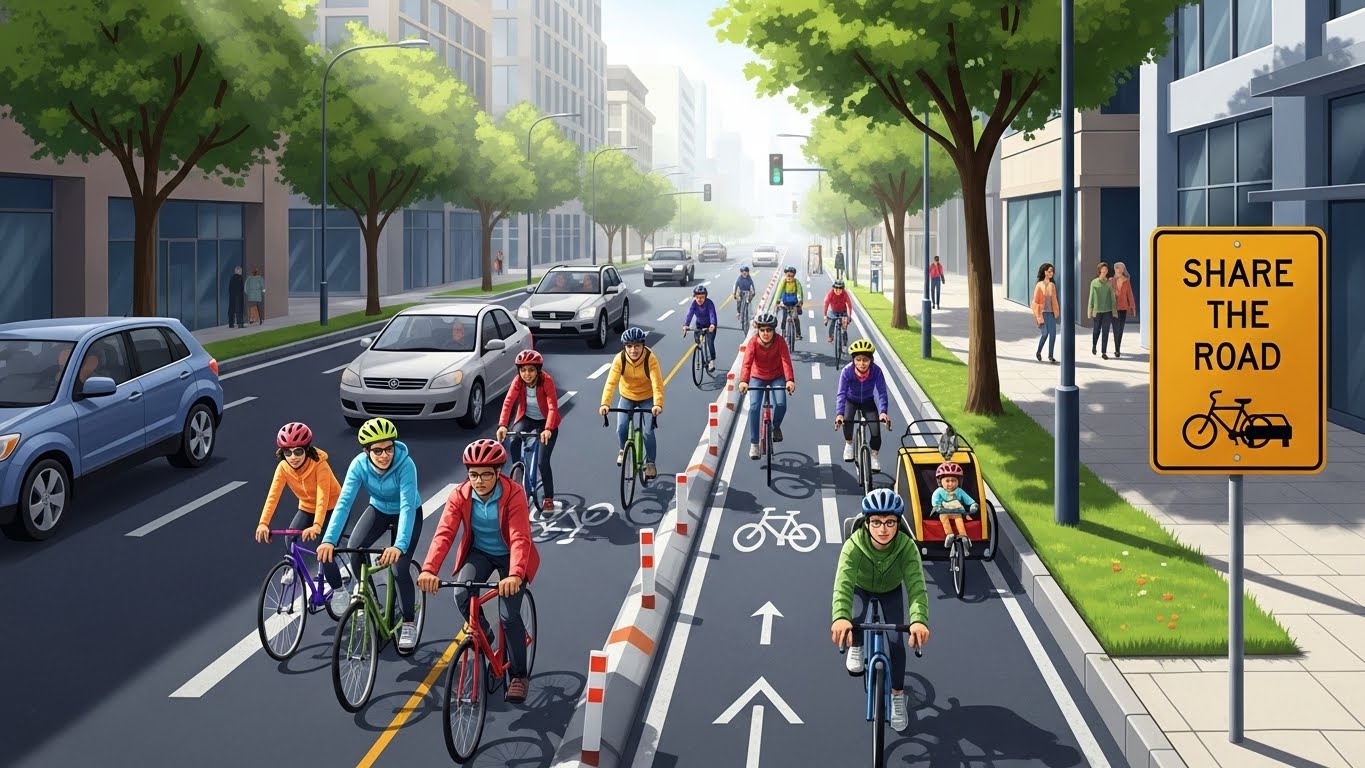Road safety has always been a critical aspect of urban planning, and one of the most significant advancements in pedestrian protection is the puffin crossing. Unlike traditional crossings, puffin crossings use advanced technology to ensure pedestrians and drivers remain safe while maintaining smooth traffic flow. This intelligent crossing system has become an integral part of modern infrastructure, combining smart sensors and real-time monitoring to revolutionize how pedestrians interact with traffic lights. Understanding how puffin crossings work, their benefits, and their difference from other crossings reveals why they are the preferred choice for many cities today.
Understanding the Concept of a Puffin Crossing
A puffin crossing, short for “Pedestrian User-Friendly Intelligent Crossing,” is a type of pedestrian crossing that incorporates modern sensor technology to detect movement. Instead of relying solely on fixed timers, puffin crossings use sensors to monitor pedestrians waiting and crossing the road. These crossings adjust the light signals based on real-time data, ensuring pedestrians have enough time to cross safely while minimizing unnecessary delays for vehicles. The technology ensures smoother coordination between pedestrians and motorists, reducing accidents and improving efficiency.
The Evolution of Pedestrian Crossings
Before puffin crossings, zebra and pelican crossings dominated road infrastructure. While these crossings were revolutionary in their time, they lacked adaptability. A zebra crossing relies solely on road markings, giving pedestrians priority without light control, which sometimes leads to confusion or accidents. Pelican crossings introduced signal lights but still depended on preset timings. Puffin crossings emerged as a technological upgrade, merging pedestrian convenience with intelligent control systems, making them a natural evolution in urban safety design.
How Puffin Crossings Work
The operation of puffin crossings revolves around two essential sensor systems: one that detects pedestrians waiting to cross and another that monitors the crossing area. Infrared or pressure sensors detect when someone is waiting, triggering a signal request. Once the pedestrian begins crossing, on-crossing detectors ensure that the light remains red for vehicles until the pedestrian safely reaches the other side. If no pedestrian is present, the crossing quickly returns control to vehicle traffic. This dynamic timing ensures both pedestrian safety and smoother traffic movement.
Key Features of Puffin Crossings
Puffin crossings are equipped with distinctive features that differentiate them from traditional systems. The push button box includes a red and green man signal placed at eye level, allowing pedestrians to watch the signal without looking across traffic. The sensors above the waiting area and crossing zone continuously monitor movement, ensuring lights only change when necessary. Furthermore, puffin crossings are designed to function efficiently in various weather conditions, maintaining reliability even during rain, fog, or low-light situations.
The Technology Behind Puffin Crossings
Advanced sensor technology is the foundation of puffin crossings. Microwave or infrared detectors accurately sense motion and presence. These sensors communicate with a central controller that interprets data and adjusts the signal sequence. Modern puffin crossings are also integrated with data analytics systems, allowing authorities to collect traffic information and optimize road management. This combination of automation and data-driven insight marks a leap forward in intelligent traffic control systems.
Benefits for Pedestrians
For pedestrians, puffin crossings offer unmatched convenience and safety. The system adapts to each user, ensuring elderly individuals, children, or those with mobility issues have sufficient time to cross. Because the green light remains active until the pedestrian is clear, the risk of accidents is significantly minimized. The visual display at eye level also helps visually impaired users understand the signal phase more easily, reducing confusion. Overall, puffin crossings make urban walking safer and more inclusive.
Benefits for Drivers
Drivers also benefit from puffin crossings through reduced waiting times and smoother traffic flow. Unlike pelican crossings, which operate on a fixed timer, puffin crossings end the red light once pedestrians have finished crossing. This minimizes unnecessary stops and helps prevent driver frustration. The technology also enhances predictability, as vehicles only stop when pedestrians are actively crossing, leading to fewer sudden halts or signal delays.
Differences Between Puffin and Pelican Crossings
While both crossings aim to protect pedestrians, their operational design differs significantly. In pelican crossings, pedestrians view the green and red man symbols across the road, while puffin crossings display them beside the button unit. Puffin crossings eliminate the flashing amber phase, using continuous red or green signals instead, which enhances clarity. Moreover, the sensor-based detection in puffin crossings replaces the fixed timing mechanism of pelican crossings, making puffins more adaptive and efficient.
Installation and Maintenance
Installing puffin crossings involves integrating multiple components such as poles, signal lights, push buttons, sensors, and control units. The system requires accurate calibration to ensure sensors respond correctly to human movement. Maintenance teams regularly inspect sensor alignment, wiring, and lighting functionality to maintain performance. While installation costs are higher than traditional crossings, the long-term safety and efficiency benefits justify the investment for most municipalities.
Puffin Crossings and Urban Development
Cities focused on smart infrastructure increasingly incorporate puffin crossings into their urban planning strategies. These crossings align perfectly with the goals of smart city initiatives, which prioritize data-driven management, safety, and sustainability. By reducing accidents and optimizing traffic flow, puffin crossings contribute to greener, more efficient urban environments. Moreover, their adaptability makes them suitable for both busy metropolitan roads and suburban areas with moderate traffic.
Accessibility and Inclusivity
Puffin crossings play a vital role in creating accessible public spaces. The intelligent design accommodates the needs of all pedestrians, including those with disabilities. Tactile paving and audible signals can be integrated to assist visually impaired users. The sensor system also ensures that slower pedestrians are not rushed, allowing for an equitable road-crossing experience. In this way, puffin crossings promote inclusivity and independence for all members of society.
Environmental and Economic Impact
Puffin crossings contribute positively to environmental goals by reducing vehicle idling times and fuel consumption. Shorter red-light durations lead to fewer emissions and better energy efficiency. From an economic perspective, the reduction in accidents and smoother traffic flow results in significant cost savings for both local governments and road users. The combination of sustainability and safety underscores why puffin crossings are considered a smart investment in future infrastructure.
Common Misconceptions About Puffin Crossings
Some people mistakenly believe that puffin crossings are overly complex or expensive compared to traditional ones. However, studies show that their advanced features lead to fewer pedestrian injuries and more efficient traffic management. Another misconception is that sensors can fail during harsh weather, but modern systems are built with robust materials and adaptive calibration, ensuring consistent performance throughout the year.
The Future of Intelligent Crossings
As technology evolves, puffin crossings will continue to advance. Future versions may incorporate AI-driven traffic analytics, facial recognition for improved safety, and integration with autonomous vehicle systems. These upgrades will further enhance the balance between human and machine interaction on roads. The continuous innovation in intelligent crossings represents a step toward safer, smarter, and more connected cities.
Conclusion
Puffin crossings stand as a testament to human ingenuity in balancing pedestrian safety with traffic efficiency. Through intelligent sensors and adaptive control, they minimize accidents, save time, and create inclusive urban environments. As cities evolve toward smarter infrastructure, puffin crossings will remain at the forefront of road safety innovation, offering a sustainable and technologically advanced solution to everyday commuting challenges. Their impact extends beyond convenience—they represent the fusion of safety, technology, and progress.
FAQs
What makes a puffin crossing different from a pelican crossing?
A puffin crossing uses sensors to detect pedestrians and adjust signal timings, while pelican crossings operate on fixed timers and include a flashing amber phase.
Are puffin crossings safer than other types of crossings?
Yes, puffin crossings are generally safer due to their real-time monitoring and automatic signal adjustment, reducing the chance of accidents.
How do puffin crossing sensors detect pedestrians?
They use infrared or microwave sensors to monitor both the waiting area and the crossing zone, ensuring lights change only when needed.
Can puffin crossings be used in rural areas?
Absolutely. While common in cities, puffin crossings can also improve safety in rural areas with high pedestrian traffic near schools or shops.
Are puffin crossings environmentally friendly?
Yes, by reducing unnecessary vehicle idling and improving traffic efficiency, puffin crossings contribute to lower fuel consumption and reduced emissions.












